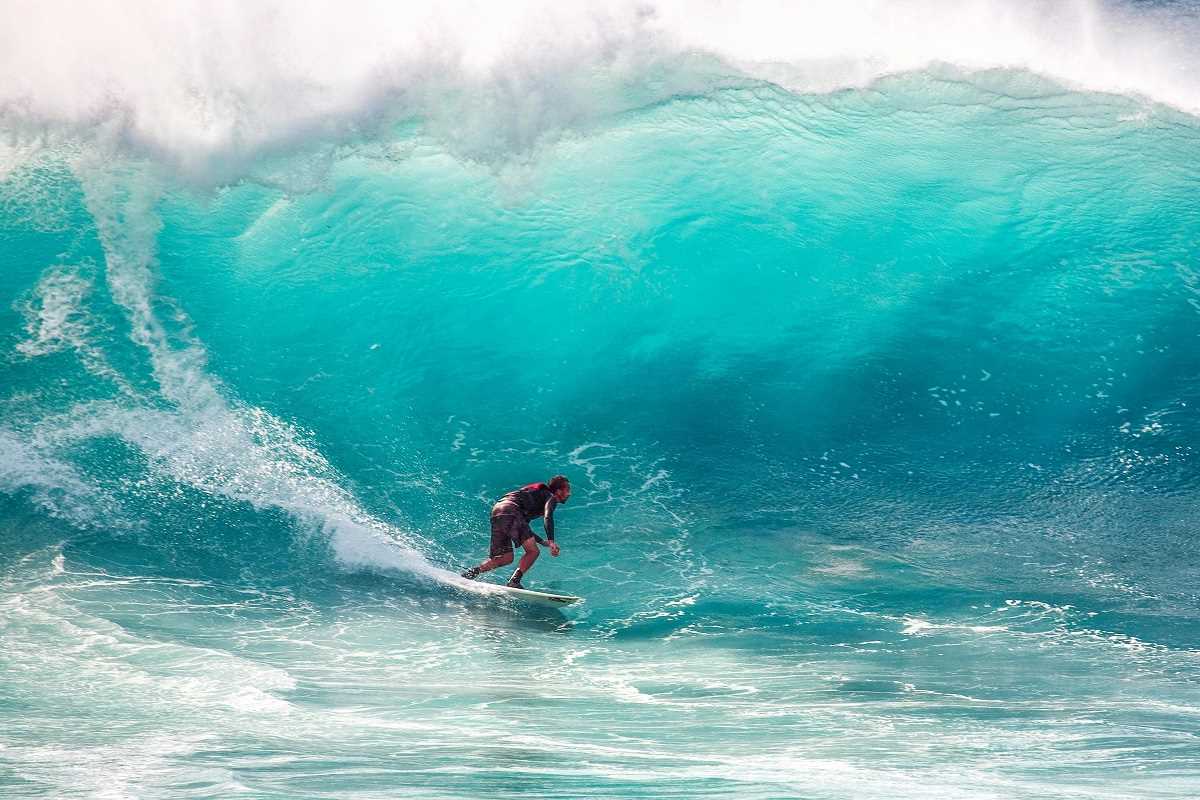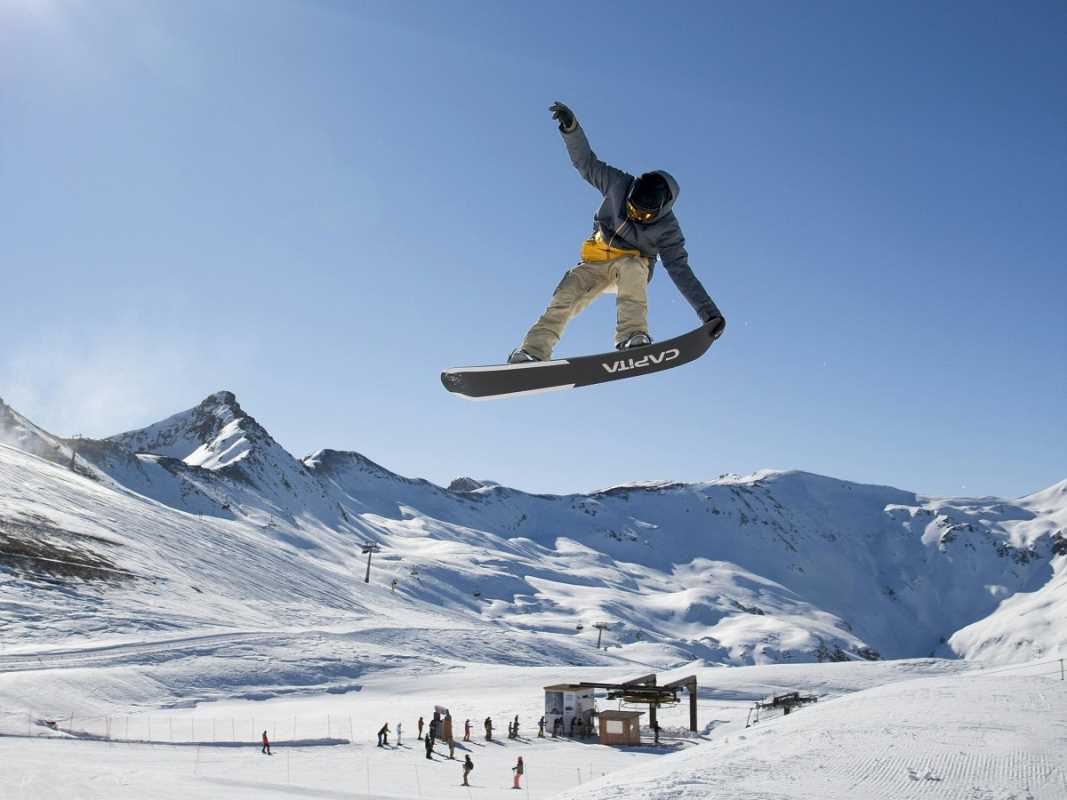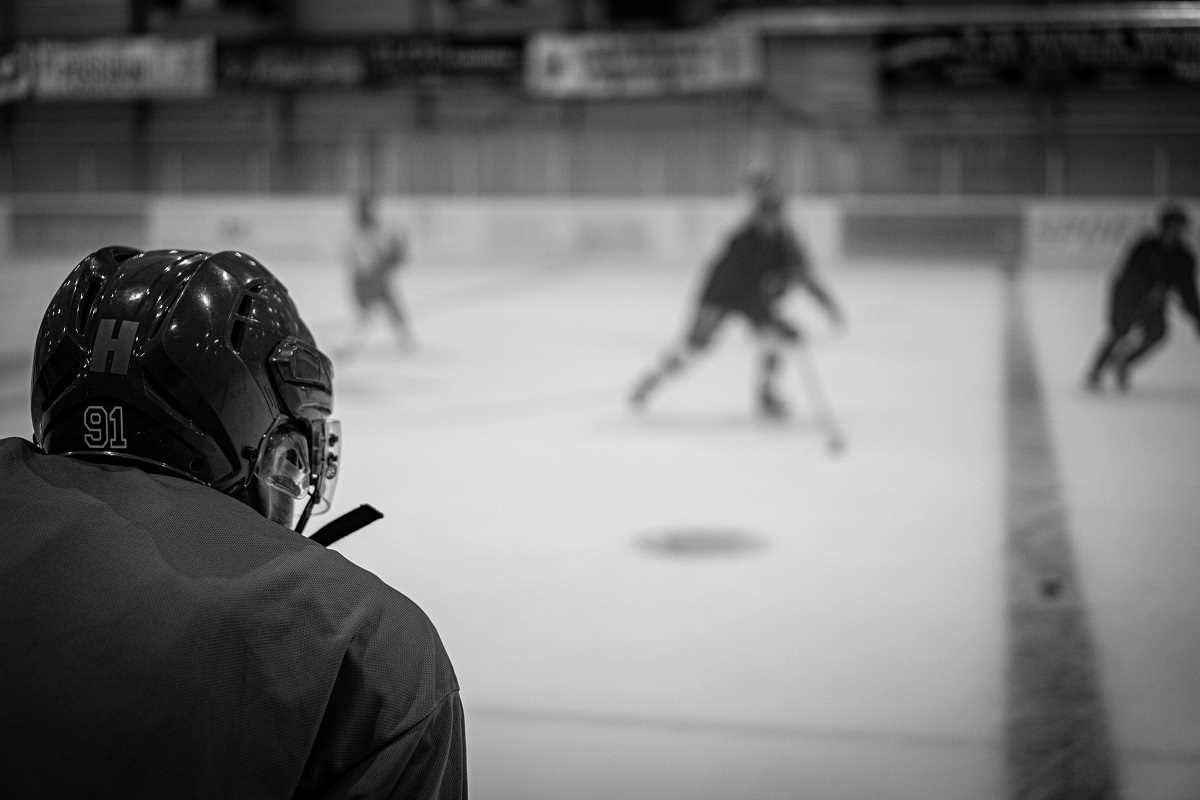Riding the world’s largest waves requires intense dedication, sharp skills, and an unshakeable sense of bravery. Each session on the water brings new challenges and rewards, with the ocean revealing both its peril and its breathtaking appeal. Surfers spend countless hours honing their abilities, building physical strength and mental grit so they can meet towering swells head-on. The pursuit of conquering these enormous waves brings its own excitement, matching the adrenaline of every ride. Time spent in the surf becomes an ongoing opportunity to improve, discover something new, and push beyond personal limits with every powerful swell.
The pursuit of big-wave surfing excellence pushes athletes to break limits in training and safety. The techniques perfected by elite riders reveal an intricate dance with nature. Their routines merge physical challenges, strategic planning, and deep respect for the ocean, offering us insights into a world where passion meets performance.
The Mental Game: Overcoming Fear and Building Focus
The mind becomes the ultimate arena when tackling colossal waves. Experiences shared by experts underscore that mental training is just as crucial as physical conditioning. Elite riders recount stories where overcoming paralyzing fear transforms into a surge of adrenaline that propels them forward. One such surfer recounted an encounter with a towering wave off Maui, a moment where clarity of thought and unyielding focus turned fear into a driving force that facilitated split-second decisions.
Visualization and controlled breathing help develop a calm mindset. Training sessions sometimes include meditation on the beach before dawn, where athletes envision every maneuver. Anecdotes from professionals highlight that believing in oneself is key. They recall early mornings battling the mental storm, only to find clarity amid the chaos. This cultivated focus allows riders to trust in their skills and instincts, making every decision count in the face of nature’s fury.
Physical Training Regimens of the Pros
Elite riders maintain peak physical condition through multifaceted training programs that build strength, endurance, and agility. They take a holistic approach to fitness that involves not only surfing but also cross-training activities that challenge every muscle. This regimen ensures that they respond swiftly during challenging encounters with nature.
Top training methods include:
- Weight Training: Rigorous weight routines improve muscle strength, ensuring a surfer has the endurance to paddle through turbulent waters and execute dynamic maneuvers on a board.
- Cardio Exercises: High-intensity interval training, running, and swimming sessions build cardiovascular stamina, crucial for enduring long rides against powerful currents.
- Yoga and Flexibility Drills: These sessions enhance balance and agility, allowing riders to stay rooted on the board amid shifting wave patterns.
- Functional Movement Workouts: Exercises focusing on core strength and coordination, such as Pilates, help in maintaining stability during unpredictable waves.
- Simulated Conditions: Training in wave pools or using balance boards replicates the challenges of big-wave conditions, so surfers gain real-time adjustments to their technique.
Essential Gear for Big-Wave Safety
Every pro understands the critical role that specialized equipment plays in ensuring safety when engaging with massive waves. High-standard gear mitigates risks and increases a surfer's resilience in the most demanding conditions. Safety and performance go hand in hand when selecting the right equipment.
Key gear items include:
- Impact Vests: Designed to absorb shock and protect the torso, impact vests provide an essential layer of cushioning during collisions with the water or obstacles.
- Leashes: A robust leash secures the board to the rider, ensuring that even if separation occurs in turbulent conditions, both surfer and board remain connected.
- Surf Wetsuits: Crafted for thermal protection and buoyancy, wetsuits keep the body warm and agile in cold, unpredictable water temperatures.
- Helmets: Advanced helmets safeguard against head injuries, which can be crucial when navigating fast-moving water and rocky structures.
Breath Control and Survival Techniques
Surfers refine their breath control techniques to manage long periods underwater and deal with sudden impacts from the waves. Proper breath control helps delay the onset of panic and maintains oxygen levels when submerged. Learning to manage breath efficiently often makes the difference between a controlled dive and a dangerous situation. Riders incorporate drills that simulate underwater scenarios to perfect their response times, ensuring they remain calm and focused beneath the surface.
Practitioners often train using innovative methods, from static apnea sessions to dynamic drills in open water environments. One of the critical techniques involves extending the breath-hold capacity, which drastically increases a surfer's window of response. Running through these drills regularly not only builds lung capacity but also instills a level of confidence in potentially life-threatening situations.
Spotting the Perfect Wave: Reading Ocean Conditions
Understanding ocean behavior helps surfers catch the perfect wave while ensuring safety. Riders spend time studying weather patterns, tide charts, and swell directions to determine the best moments to hit the ocean. This skill does not happen overnight; it blossoms from years of experience and keen observation of subtle environmental changes. Surfers learn that every ripple or foam trail on the water may hint at upcoming power surges. Routine observation, combined with instinct, allows for quick decisions when spotting an ideal swell.
Top tips for reading ocean conditions include:
- Note the shadowing patterns in the water; darker colors often indicate deeper or more turbulent currents.
- Monitor the wind direction closely; shifting winds can change the wave structure momentarily.
- Pay attention to wildlife behavior; a sudden surge in seabirds or fish activity might signal disturbances below the surface.
- Use local insights; experienced locals possess valuable knowledge about hidden tides and currents that can alert riders to safe and challenging zones.
The combination of mental fortitude, targeted physical training, and smart use of safety gear transforms a wave rider into a force of nature. Each element of the preparation works in concert with the others, building an unshakeable support network against the formidable power of the sea.
Enthusiasts approach their passion with discipline and awareness, learning from the ocean and experienced riders.
 (Image via
(Image via





